According to the WHO, vaccination against human smallpox is also effective against monkeypox. But many no longer have adequate vaccination protection.
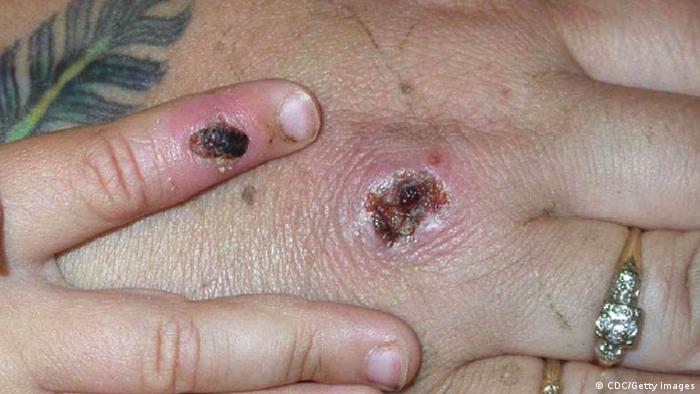
Rash is a clear symptom in monkeypox
First there were six cases in Great Britain. In the meantime, however, other European countries are affected, including Germany, Spain, Portugal, France and Italy. Diseases with monkeypox have also been detected in North America, Latin America and Australia. Experts are on heightened vigilance but warn against scaremongering.
A risk assessment by the European Center for Disease Prevention and Control (ECDC) published on May 23 advises EU/EEA countries to “focus on prompt identification, treatment and contact tracing and reporting of new cases of monkeypox.”
Countries should also update contact-tracing mechanisms and diagnostic capacities. Another recommendation from the agency is to review the availability of smallpox vaccines, antivirals, and personal protective equipment for healthcare professionals. Despite these serious indications, according to experts, there is no need to panic.
Are parties in Spain a possible superspreader?
“For the general population, the risk of spread is very low,” said Andrea Ammon, Director of the ECDC. “However, the probability of further spread of the virus through close contact, for example during sexual activities between people with multiple sexual partners, is considered high.”
In this context, the Spanish authorities are investigating the assumption that gay pride parties on the holiday island of Gran Canaria could have been another source of infection for monkeypox. This is reported by the newspaper El País, citing sources in the health sector.
The event is attended primarily by homosexuals. From May 5th to 15th, around 80,000 people from Spain and other countries took part. In Spain, 30 cases of monkeypox are known to date, and there are 23 other suspected cases.
Vaccination against human smallpox can also protect against monkeypox
According to the WHO, vaccination against human smallpox is also effective against monkeypox, because both types are related to each other. However, human smallpox is much more dangerous for humans. Due to the bad course, high mortality and high risk of infection with human smallpox The WHO started an eradication campaign in 1966 with a worldwide vaccination requirement. It had an effect: In 1980, the WHO declared human smallpox to be eradicated worldwide. Since then, only people who work in laboratories with vaccine viruses have been vaccinated.
A smallpox vaccination is not just prophylaxis. The vaccine still protects against the onset of the disease when given as a post-exposure vaccine up to four days after infection.
Many people are not protected by vaccination
Since human smallpox has been considered eradicated for over 40 years, vaccination against it has stopped. An estimated 70 percent of the world's population no longer has an effective smallpox vaccine. This is the conclusion reached by British scientists in a study that was published in the specialist magazine “Vaccine” in July 2020.
The European disease control agency ECDC has already issued corresponding recommendations for so-called ring vaccinations. All close contacts of infected people are vaccinated in order to build up an immunity ring. These are already being carried out in Great Britain.
The World Health Organization (WHO) has stockpiled smallpox vaccine. Many countries such as the USA, Germany, Austria and Switzerland hold their own stocks. However, experts consider an outbreak of human smallpox to be extremely unlikely.
How is monkeypox transmitted?
The monkeypox virus MPV (Monkeypox virus) has been known since 1958 and was found primarily in West and Central Africa. Monkeypox is one of the zoonoses, i.e. diseases that are transmitted from animals to humans, primarily by monkeys and various rodent species.
Infection occurs via infected animals, their secretions or blood, via excretions or via contact with Tissue. Handling the meat of infected animals can also lead to infection. The incubation period is 7 to 21 days.

Monkeypox has so far appeared mainly in West and Central Africa
However, should human-to-animal transmission occur and the virus spread in an animal population, there is a risk that the disease would become endemic in Europe, according to the ECDC risk assessment. Therefore, close intersectoral collaboration between human and veterinary authorities is required to treat exposed domestic animals and prevent transmission of the disease to wild animals.
What are the symptoms?
The first symptoms of an infection with monkeypox are fever, headache, muscle and back pain. The lymph nodes swell. Conspicuous skin changes, so-called skin efflorescences, occur. Depending on the phase of the disease, these skin changes are similar to those of chickenpox or syphilis.
Nodules, vesicles, or pustules may develop. They usually start on the face and then spread to other parts of the body, such as the legs and arms. Some of the cases reported in May this year also involved urogenital skin lesions. Men who had sex with men were particularly affected and, according to the RKI, should “immediately seek medical care” in the event of unusual skin changes.

Bubbles form that are filled with secretion
Monkeypox usually has a mild course
While human smallpox usually has a severe course and is often fatal, an infection with monkeypox is much milder. Patients usually recover within a few weeks. But there are exceptions. According to the Robert Koch Institute, RKI, children under the age of 16 infected with the Central African variant have a mortality rate of up to eleven percent. The currently registered West African variant, on the other hand, leads to death in about one percent of all those affected.
What are the therapies for an infection?
Most therapy concepts focus on treating symptoms and alleviating symptoms. In the EU, the drug Tecovirimat was recently approved by the EMA (European Medicines Agency). It was developed for the treatment of orthopoxvirus infections. In addition to human smallpox, this group also includes cowpox and monkeypox.
With the preparation Imvanex, there is an approved vaccine in the EU, based on the so-called MVA, the modified vaccinia virus Ankara. This live vaccine was originally only approved against human smallpox, but is also used off-label against monkeypox, i.e. as a vaccine without official approval. Imvanex is approved for human smallpox and monkeypox in the United States and Canada. The Paul-Ehrlich-Institut recommends use from the age of 18. This vaccine protects against the virus via a so-called cross-immunity.
The vaccine cannot replicate in humans, nor can it cause disease. This was not the case with the vaccines used before the virus was eradicated. They contained viruses that were capable of replicating and carried the risk of spreading the virus to other parts of the body. According to EMA this risk does not exist with the Imvanex vaccine.
The vaccination is administered subcutaneously on the upper arm and is recommended by the EMA for people who have not had any immunizations. In these people, the preparation is given twice a month apart. A single dose of 0.5 milliliters of the vaccine is sufficient for people who have already been vaccinated. The effectiveness of the vaccination is around 85 percent.
< br class="clearfix">
 Corona, SARS and Co: Viruses under the microscope
Corona, SARS and Co: Viruses under the microscope Corona, SARS and Co: Viruses under the microscope
Corona, SARS and Co: Viruses under the microscope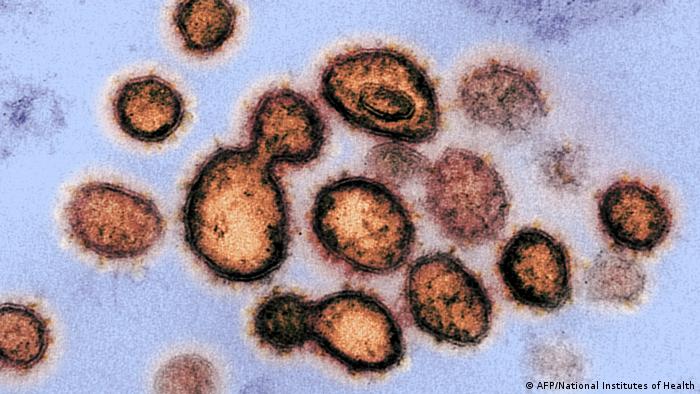 Corona, SARS and Co: Viruses under the microscope
Corona, SARS and Co: Viruses under the microscope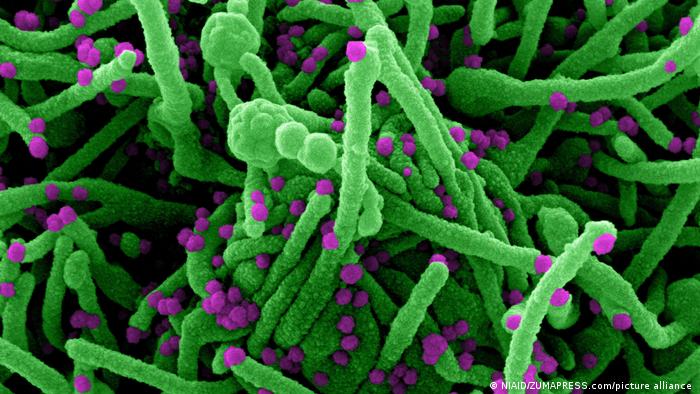 Corona, SARS and Co: Viruses under the microscope
Corona, SARS and Co: Viruses under the microscope Corona, SARS and Co: Viruses under the microscope
Corona, SARS and Co: Viruses under the microscope Corona, SARS and Co: Viruses under the microscope
Corona, SARS and Co: Viruses under the microscope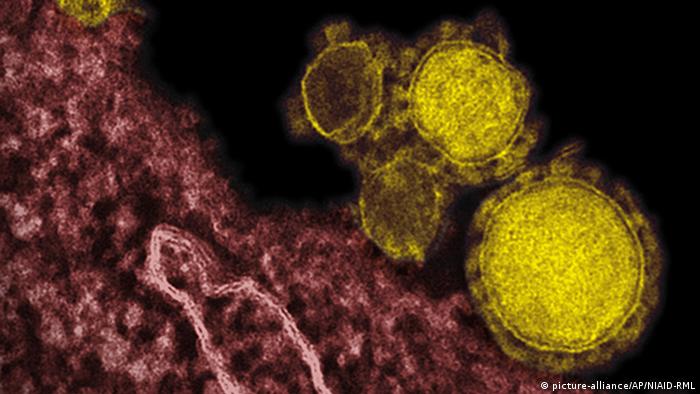 Corona, SARS and Co: Viruses under the microscope
Corona, SARS and Co: Viruses under the microscope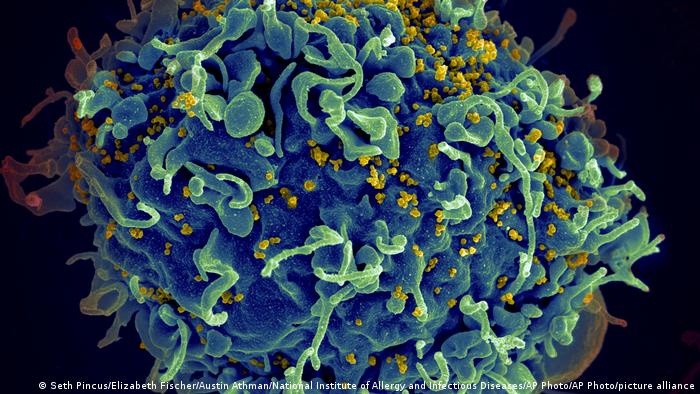 Corona, SARS and Co: Viruses under the microscope < h2>HIV: The other pandemic
Corona, SARS and Co: Viruses under the microscope < h2>HIV: The other pandemic